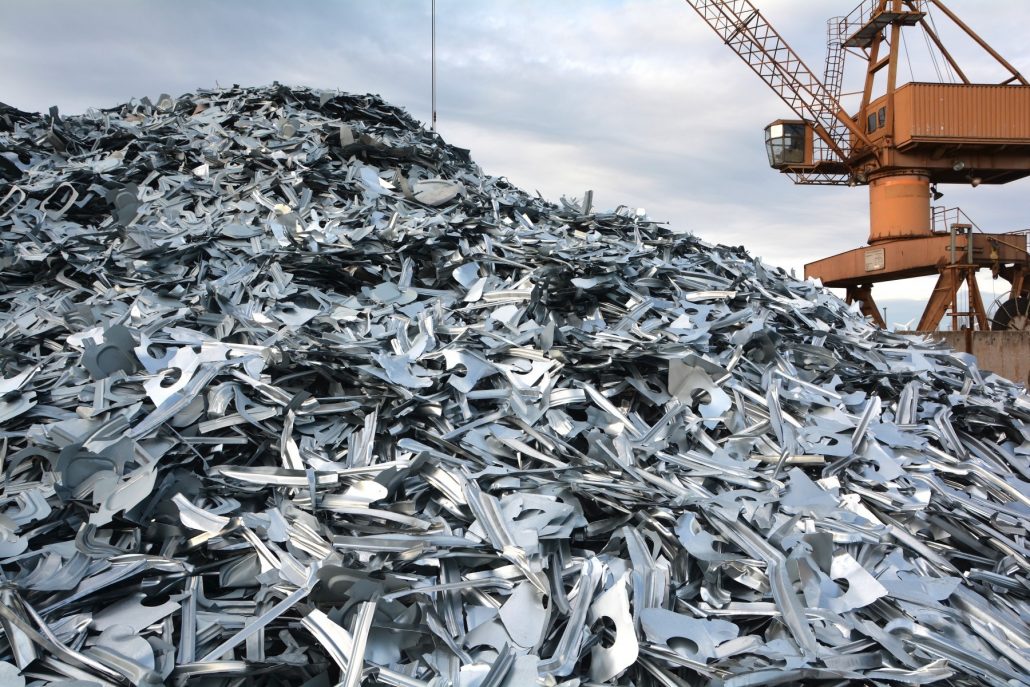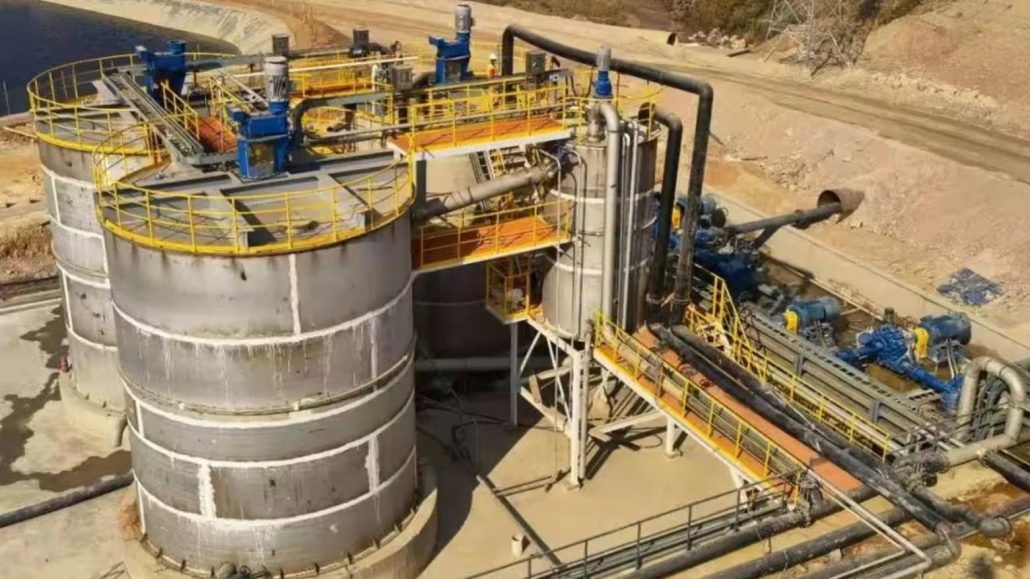
Decline in Global Steel Scrap Consumption
For the second year in a row, the global steel industry has seen a decline in steel scrap consumption among its major players. According to the recently released Steel Scrap Statistics Yearbook by the Bureau of International Recycling (BIR), the combined steel scrap consumption of the six major countries—China, the European Union (EU-27), the United States, Japan, Turkey, and South Korea—totaled 432.36 million tons in the past year. This represents a 1.9% decrease compared to the previous year.
This follows a significant drop from 471.32 million tons in 2021 to 440.58 million tons in 2022, after a sharp increase of 6.4% from 443.16 million tons in 2020. The continuous decline in steel scrap consumption over the past two years has been closely linked to the reduction in crude steel production. Data from the World Steel Association (WSA) reveals that crude steel production in these six countries reached 1,414.3 million tons last year, marking a 0.8% decrease from the previous year. This also signifies a downward trend following the peak production of 1,480.9 million tons in 2021.

Regional Trends in Steel Scrap Consumption
China, the world’s largest consumer of steel scrap, saw its consumption fall by 0.8% to 213.68 million tons, while maintaining a stable crude steel production level at 1,019.1 million tons. The European Union recorded the most significant decline in steel scrap consumption, plummeting by 5.7% to 74.85 million tons. Correspondingly, the EU’s crude steel production experienced the steepest drop, decreasing by 7.3% to 126.4 million tons.
The United States slightly bucked the trend with a modest increase in steel scrap consumption by 0.4% to 56.8 million tons, aligned with a 1.1% rise in crude steel production. Japan and Turkey both reported declines in steel scrap consumption by 2.9% and 3.9%, respectively, with Japan consuming 31.82 million tons and Turkey 29.09 million tons. South Korea reported a 0.7% decline in steel scrap consumption to 26.12 million tons, despite a 1.4% increase in crude steel production.
South Korea’s Unique Situation
South Korea’s unique situation highlights a broader trend influenced by domestic economic conditions. Unlike most countries where both steel scrap consumption and crude steel production declined in tandem, South Korea’s increase in crude steel production was offset by a significant reduction in the steel scrap input ratio, attributed to the economic downturn and the slump in the construction market.
Decarbonization Efforts and Steel Scrap Input Ratios
Globally, the patterns in steel scrap consumption and crude steel production reflect ongoing decarbonization efforts. In South Korea, the steel scrap ratio in crude steel production decreased by 0.8 percentage points to 39.2%, marking the most significant decline among the six major countries.
As the steel industry continues to grapple with these fluctuations, the data underscores the complex interplay between economic conditions, production practices, and environmental considerations.








Leave a Reply
You must be logged in to post a comment.